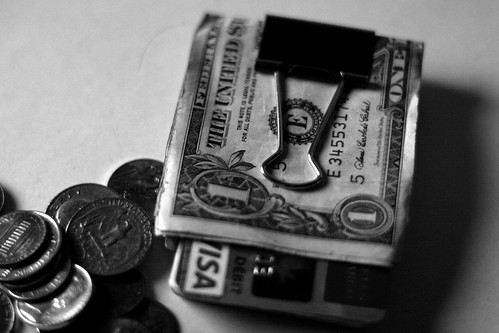How Long Can You Go Without Spending?
Living a homesteading life is about living simply and carefully, managing the resources your family has. And that includes your cash.
In these tough times everyone is watching how they spend their money and what they spend it on. But, have you ever challenged yourself to see if you can keep the money that’s in your wallet – in your wallet?
It might be interesting to see how long you can make a $20 bill last.
So, here’s the challenge – during the course of a week or a day, remove all the credit cards and cash from your wallet, except for one $20 bill. The limited amount of cash will encourage you to think about which of your usual expenses are essential and which ones are just nice to have. Think about some of your usual non-essential purchases, such as lunch, a newspaper, a coffee or a car wash.
Through the course of the challenge, think about the non-essential purchases you make and identify ways to supplement them, so you don’t feel you are depriving yourself. If you normally buy lunch, pack a lunch from home. You’ll be surprised how much money this will save you.
Do you buy a newspaper or a magazine throughout the day? Switch to on-line news sources or bring a book to read instead. Better yet, bring a book about a homesteading skill you’d like improve on or learn.
If an afternoon coffee is your crutch, bring your own supplies from home and make your java at work. Remember – you can enjoy your lunch or coffee along with the book, outside in the fresh air where you can clear your head and shake off the stresses of the day.
If you’re use to having your car washed every week, try using an inexpensive “Wash Only” car wash. You know – the kind where you stay in your car while it’s being washed. The inside cleaning can be done at home for free. Or, put yourself on a once a month car wash schedule then move towards a “when-ever-it-needs-it” plan.
The goal of the challenge is to see how thrifty you can be, how far you can stretch your money, identify areas of non-essential spending and most important of all SAVE YOUR CASH.

Recent comments
Aenean nonummy hendrerit mauris. Phasellus porta.